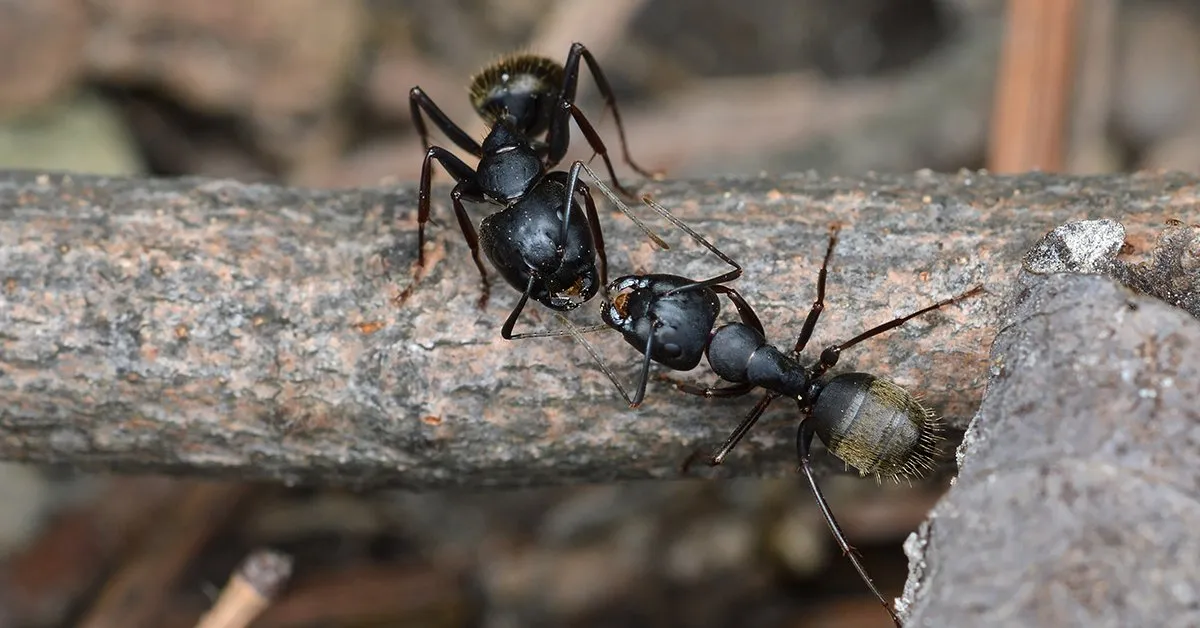The Ants vs. Tarantulas Introduction
The natural world is a complex arena where survival is the ultimate game. Among the diverse creatures that inhabit our planet, the interactions between ants and tarantulas present a fascinating case study of predator-prey dynamics and the intricate web of life. While tarantulas, with their imposing size and venomous fangs, are often perceived as apex predators, they are not immune to threats, and one of their most persistent adversaries is the humble ant. These tiny insects, often underestimated, pose a significant danger to tarantulas, employing a combination of tactics that can lead to severe harm or even death. This article delves into the top 5 threats that ants pose to tarantulas, exploring the strategies ants use, the impact of these attacks, and the factors that make ants a formidable foe.
Ants’ Size & Aggression
The size and aggressive behavior of ants are primary factors in their ability to threaten tarantulas. While individual ants may be small, their collective aggression and organized attacks can be overwhelming. Certain ant species, particularly those known for their aggressive nature, such as fire ants or bulldog ants, possess powerful mandibles and potent venom, making them formidable opponents even for larger creatures. These ants are not afraid to confront tarantulas, and their coordinated attacks can quickly turn the tide of battle. The tarantula, despite its larger size, may find itself besieged by a relentless swarm of biting, stinging ants, leaving it vulnerable and overwhelmed. The ants’ ability to swarm and attack in large numbers allows them to overcome the size disparity and pose a significant threat.
The Power of Numbers
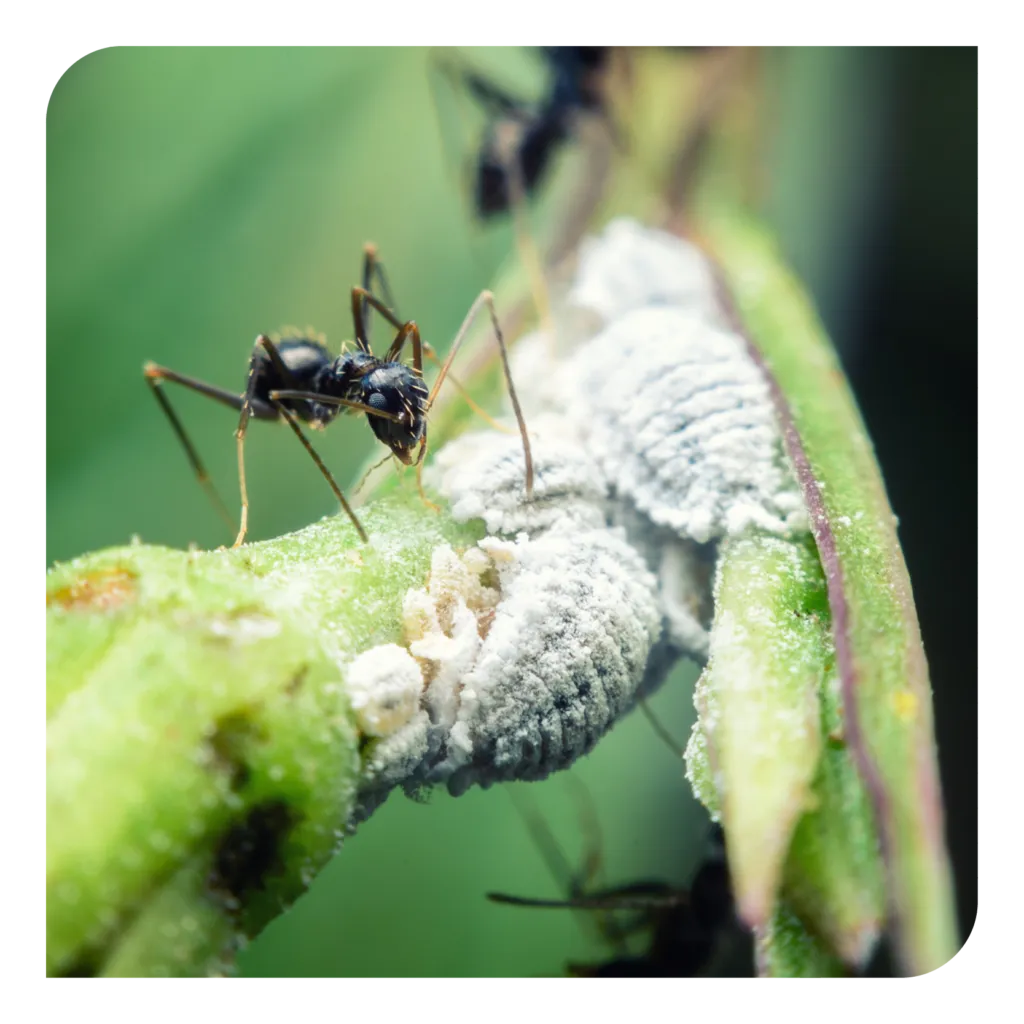
The power of ants lies in their numbers. A lone ant poses little threat to a tarantula, but a coordinated attack by a hundred or a thousand ants can quickly overwhelm the spider. This is particularly true for certain ant species that live in vast colonies with millions of individuals. When a tarantula stumbles upon an ant nest, it may find itself facing a massive onslaught. The sheer number of ants ensures that the tarantula will be repeatedly bitten and stung, causing it to become debilitated and unable to defend itself effectively. This numerical advantage allows the ants to wear down the tarantula, leading to exhaustion, injury, and ultimately, death.
How Ants Overwhelm Tarantulas
Ants employ several strategies to overwhelm tarantulas. They often target the tarantula’s vulnerable areas, such as the eyes, mouth, and abdomen, where they can inflict the most damage. Some ants will swarm the tarantula, swarming and biting it repeatedly to immobilize it. Others may attempt to enter the tarantula’s burrow, targeting the eggs or the vulnerable young spiders. Certain species of ants, like the fire ants, also use their powerful mandibles to grip and sting, injecting a potent venom that can cause intense pain and paralysis. This combination of tactics, coupled with the sheer number of attackers, makes it difficult for a tarantula to defend itself successfully.
Ant Venom & Its Effects
Many ant species possess venom, a potent cocktail of toxins designed to subdue prey and defend their colonies. This venom can be particularly harmful to tarantulas. The specific composition of ant venom varies among different species, but it often includes a mix of proteins, enzymes, and other compounds that cause pain, inflammation, and potentially even paralysis. When ants bite a tarantula, they inject this venom, which quickly spreads through the spider’s system. The effects of the venom can range from localized irritation and pain to more severe reactions, such as muscle spasms, paralysis, and even death. The impact of ant venom is often dependent on the amount of venom injected, the size and health of the tarantula, and the specific toxins present in the venom.
The Impact of Ant Bites on Tarantulas
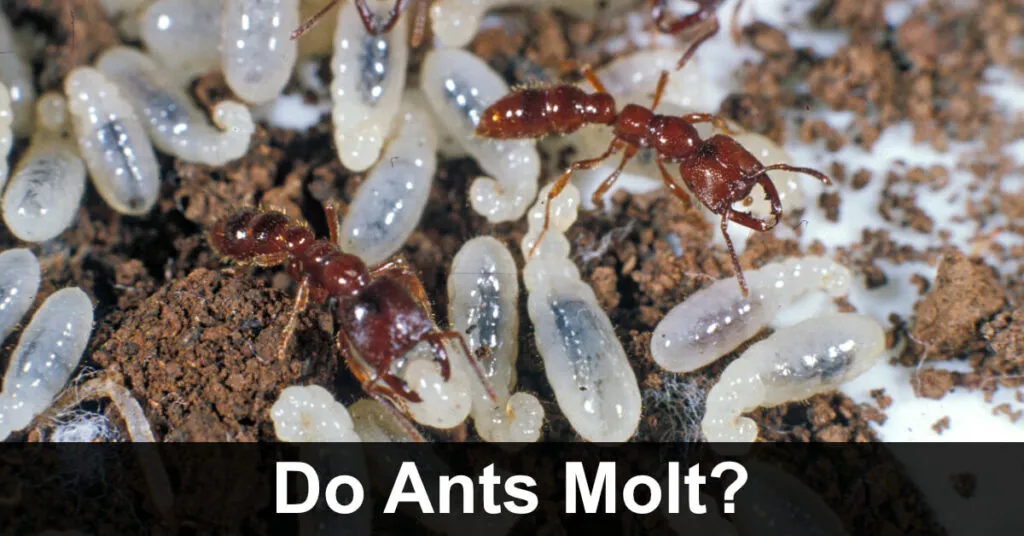
The bites inflicted by ants can have a significant impact on tarantulas. Even a single bite can cause localized irritation and pain, causing the tarantula to become agitated and stressed. Multiple bites, which are common during an ant attack, can lead to more severe consequences. The venom injected by ants can cause inflammation, swelling, and tissue damage. Tarantulas that are bitten may experience difficulty moving or feeding, increasing their vulnerability to other predators or environmental stressors. In severe cases, the venom can cause paralysis or even death, especially in younger or weaker tarantulas. The bites can also become infected, leading to further complications and potentially contributing to the tarantula’s demise.
Disease Transmission by Ants
Ants can act as vectors for various diseases and parasites, posing an indirect threat to tarantulas. Ants move through various environments, including areas where pathogens and parasites thrive. As they crawl through these areas, they can pick up disease-causing agents on their bodies. These pathogens may include bacteria, viruses, and fungi. When ants come into contact with tarantulas, they can transfer these pathogens, potentially infecting the spider. The transmission of diseases can weaken the tarantula’s immune system, making it more susceptible to further infections and environmental stressors. This indirect threat highlights the complex ways in which ants can impact the health and survival of tarantulas.
Ants as Carriers of Pathogens
Ants can carry various pathogens on their bodies, which they can transmit to tarantulas. These pathogens may include bacteria, such as those that cause infections, and fungi, which can lead to mycosis. The transmission occurs when ants come into direct contact with the tarantula or when the ants contaminate the tarantula’s food or environment. Once inside the tarantula’s body, these pathogens can cause illness, weakening the spider and making it more vulnerable. The presence of pathogens can interfere with the tarantula’s normal bodily functions, such as digestion or respiration, and can potentially lead to death. This makes ants not only a direct threat but also a vector for diseases that can harm the tarantula.
The Spread of Parasites
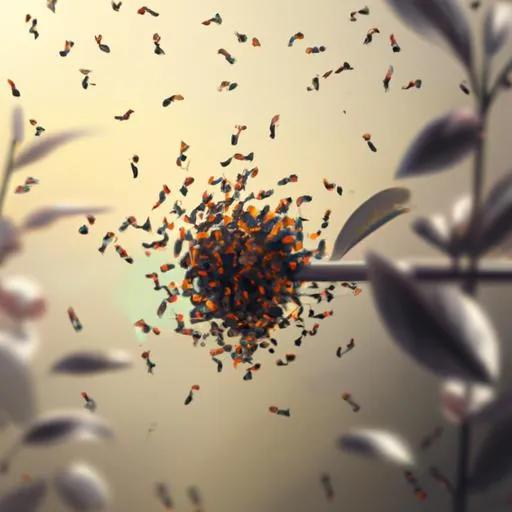
Besides diseases, ants can also spread parasites that pose a threat to tarantulas. These parasites can range from microscopic mites to other, larger organisms. The ants can serve as vectors for these parasites, carrying them from one location to another. When ants come into contact with tarantulas, they can transfer the parasites to the spider’s body. These parasites can feed on the tarantula, weakening it, and causing a variety of health problems. Some parasites may even burrow into the tarantula’s body, causing internal damage. The spread of parasites is another indirect but significant threat that ants present to tarantulas, and it underscores the intricate relationship between these creatures and the potential dangers they face.
Competition for Resources
Ants and tarantulas often compete for the same resources in their shared habitats, especially food and shelter. Both species are opportunistic predators and scavengers, and they may target similar prey items, such as insects, small invertebrates, and even the remains of other animals. This competition can put pressure on tarantulas, especially in areas where ant populations are dense. If ants successfully compete for food sources, tarantulas may struggle to find enough to eat, leading to starvation or reduced reproductive success. In addition to food, ants and tarantulas may compete for shelter. Tarantulas create burrows or use natural crevices for protection, and ants may also seek out these same locations to establish their colonies. This competition for space can create conflicts between the two species.
Food and Habitat Struggles
The competition for food can be a critical struggle for tarantulas. Ants are efficient foragers and can quickly find and consume food sources. They are often able to locate and exploit food items before tarantulas can. If ants outcompete the tarantulas, the spiders may not get enough to eat. This can lead to malnourishment and weaken the tarantulas, making them more vulnerable to other predators. Similarly, the competition for habitat can lead to difficulties for tarantulas. Ants may establish colonies near or within tarantula burrows, potentially driving the spiders away or making them more vulnerable to attacks. The competition for resources highlights how ants can impact the survival and well-being of tarantulas indirectly, even without direct attacks.
Indirect Threats of Ants
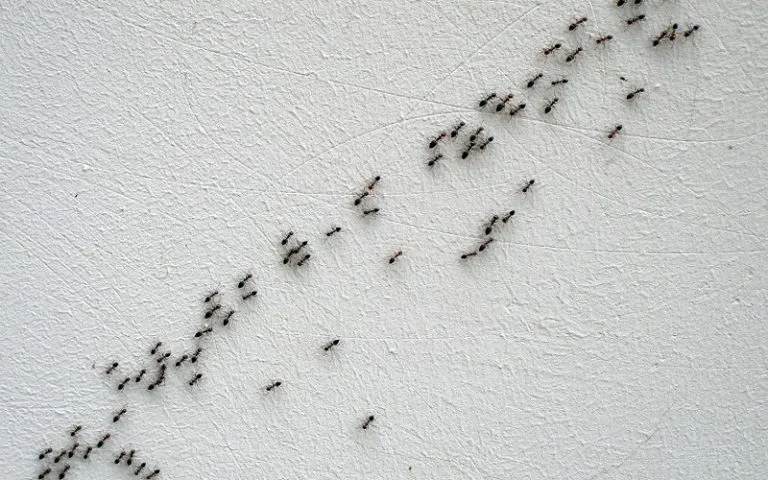
Ants can pose indirect threats to tarantulas beyond their direct attacks and competition for resources. One such threat is the disruption of the ecosystem, which can create conditions less favorable for the spider. Some ant species can significantly alter the environment. For example, some ants can displace other insects that serve as food for tarantulas. Ants can also alter soil conditions, which can affect the burrowing habits of tarantulas. The overall impact of these indirect threats can lead to a less hospitable environment for tarantulas, making it harder for them to survive and reproduce.
The Ant’s Colony
The ants’ success is largely due to their social organization, specifically their colony structure. Ant colonies are incredibly complex, with specialized roles and a division of labor. This organized structure allows ants to efficiently forage for food, defend their territory, and coordinate attacks on prey. A large and well-established ant colony can be a formidable force, capable of overwhelming even large creatures. The ants’ ability to work together and coordinate their actions is a major factor in their success as a threat to tarantulas and other animals. The presence of a robust colony further reinforces the challenges tarantulas face in their struggle for survival.
Conclusion Ant vs. Tarantula Threats
In the complex world of predator-prey interactions, ants pose a significant threat to tarantulas. Through aggression, potent venom, disease transmission, competition for resources, and habitat disruption, these tiny insects can cause severe harm or even death to tarantulas. Ants are a reminder that size is not always an indicator of strength and that even the most formidable predators face challenges in their struggle for survival. The continuous battle between ants and tarantulas serves as a microcosm of the broader struggles for survival that occur throughout the natural world. As we continue to study these interactions, we gain a deeper understanding of the intricate web of life and the complex factors that shape the fate of the creatures that inhabit our planet.
